Menu
Proper pruning keeps trees healthy, encourages strong growth, and grabs the attention of prospective buyers and tenants. When pruning is done hastily or incorrectly, however, it can open the door to much more than a messy-looking tree. In fact, some common pruning mistakes can invite pests right into your property.
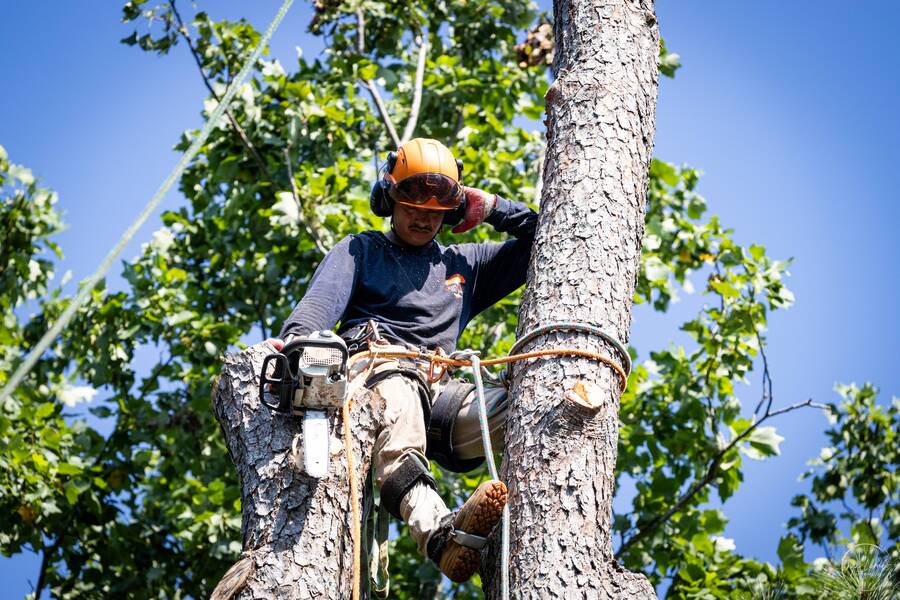
If you’ve ever dealt with termites, carpenter ants, squirrels, or even raccoons, you already know the damage they can do. What you may not realize is that poor tree maintenance often plays a big role in attracting them in the first place.
In this brief article brought to you by Driscoll Tree Service, we take a closer look at a few pruning missteps that can make your trees (and your home) more vulnerable. If you'd rather consult an arborist from a reputable tree company, then contact Driscoll Tree Service. Our live representatives are on standby to take your call or message today.
One of the most common pruning errors is making cuts too close to the trunk or a major limb. Also known as flush cutting, removing what's known as the branch collar will threaten the tree's ability to properly seal off wounds. The branch collar is the tree's natural defense zone, and a cut can:
As that wood begins to rot, pests will turn the space into a nesting site and food source. Worse, the rotting could compromise the structural integrity of the tree if the decay spreads far enough. Extensive or deep rot can demand a tree removal.
The right approach is to make clean cuts just outside the branch collar. A professional arborist knows exactly where to make these cuts for quick and natural healing.
While it might seem like a good idea to "give it a fresh start," removing too much of a tree’s canopy in one go will cause stress that can lead to pest issues. Over-pruned trees are:
Topped trees also tend to regrow awkwardly. These tangled areas become perfect hiding spots for insects and small animals. Plus, they can block airflow and sunlight.
Stick to the “no more than 25%” rule - never remove more than a quarter of the tree’s foliage at once. Proper tree service by a trained and experienced professional involves structural planning to keep the tree healthy and the pests at bay.
Not cutting enough can also lead to trouble. Leaving behind branch stubs will prevent the tree from sealing the wound. These stubs begin to die off and rot. Next thing you know, you've got an easy entryway for insects and decay. Pests that LOVE deadwood include:
If ignored, the infestation can travel from your tree into your deck, your fencing, and eventually into your home. So, use sharp and clean tools when making precise cuts, and avoid leaving behind stubs. When in doubt, call Driscoll Tree Service to hire a uniformed professional.

Timing matters when it comes to pruning. In Metro Atlanta, for instance, over-pruning during late spring and summer can expose trees to heat stress and increase the risk of pest infestation.
While some light pruning can be done year-round, major pruning is best done during the tree’s dormant season. A professional tree service will know the right timing for your specific tree species.
If you notice sawdust near your foundation, the skitter of squirrels on your roof, or damage in your trees after a recent DIY pruning session, then it might be time to call in the pros.
Driscoll Tree Service is an established and licensed business with uniformed and regularly-trained specialists. Our team is background-checked and equipped with the right tools to get the job done right - and safely.
You are always welcome to call or message Driscoll Tree Service to speak with a member of our team.
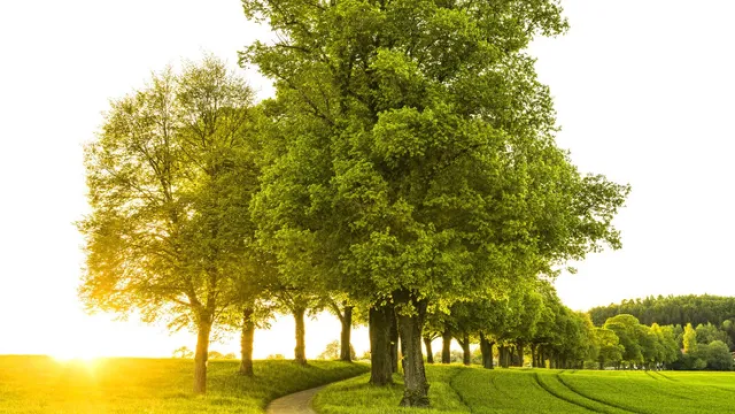
Essential Tree Care Tips for Every Season Trees require regular care and maintenance to thrive. However, different seasons call for specific care to prevent irreversible damage and premature tree removal emergencies. With that in mind, hiring a professional tree care…
Read More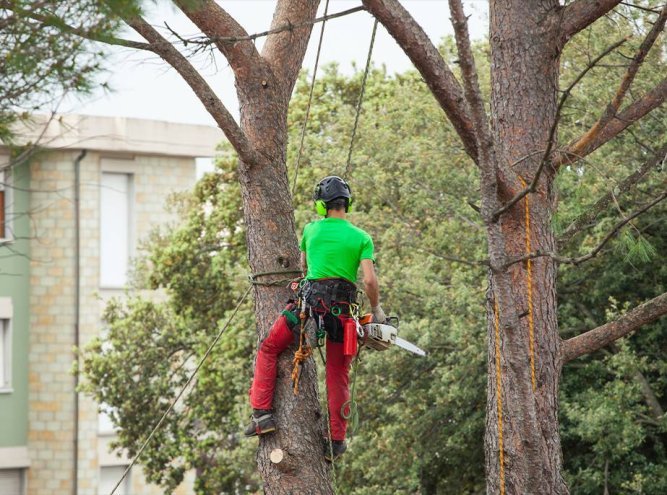
Seasonal Tree Care Tips: Summer Edition As summer kicks into full gear, trees in your yard require special attention to stay healthy and vibrant. As a trusted tree care company, Driscoll Tree Service provides routine inspections and maintenance to protect…
Read More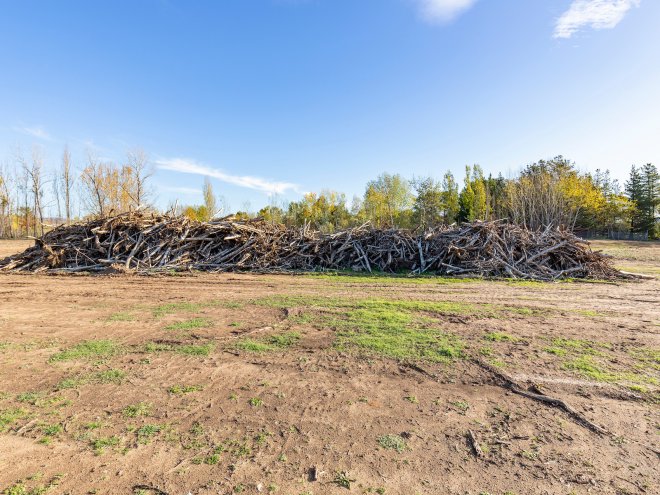
Best Tips to Clear Overgrown Land Land is one of the best investments you can make, but here’s the catch: if you want to unlock its full potential, then you’ve got to cultivate or develop it. Before you can do…
Read More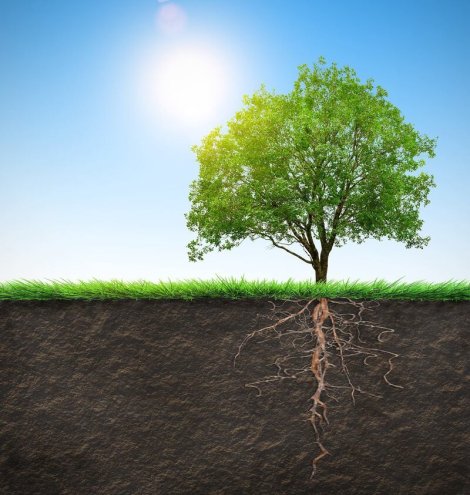
Tree Root Problems Trees are more than towering structures of bark and leaves; their roots play a crucial role in their overall health and vitality. Tree roots serve several vital functions, including extracting nutrients and water from the soil, storing…
Read More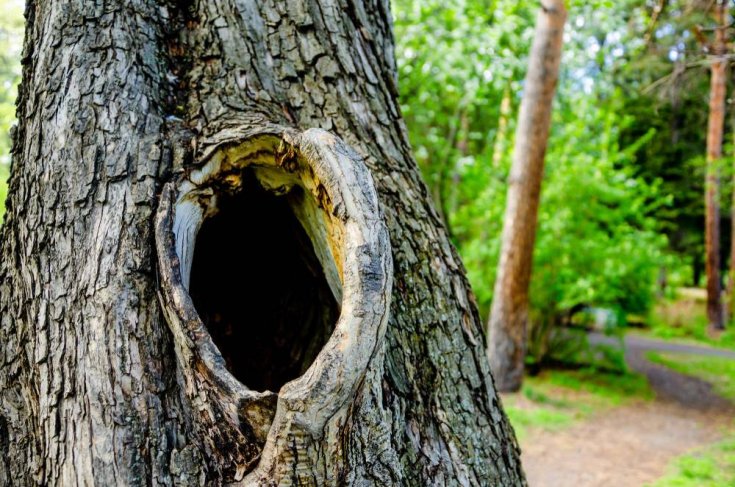
Are Holes in Trees Dangerous? Trees are magnificent entities that play a vital role in our environment. Despite the many benefits, from offering shade beauty to oxygen, many trees develop holes, causing concerns about their health and safety. If you…
Read More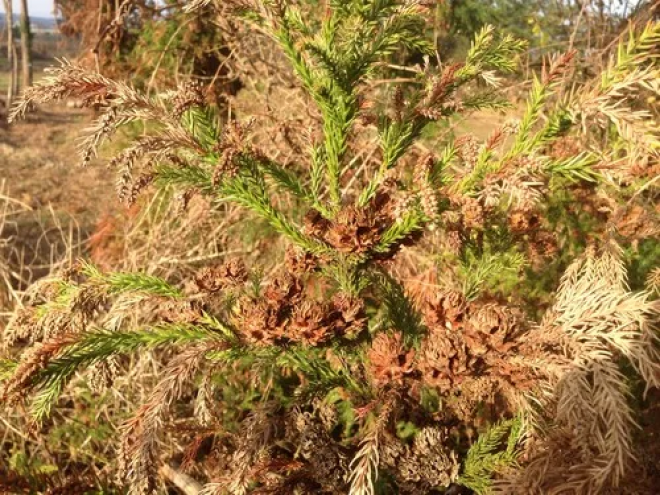
How to Fix Evergreen Trees Turning Brown Evergreen trees are known for their lush foliage that remains vibrant throughout the year, providing beauty and stability to our landscapes. However, when those green needles or leaves turn brown, it’s often a…
Read More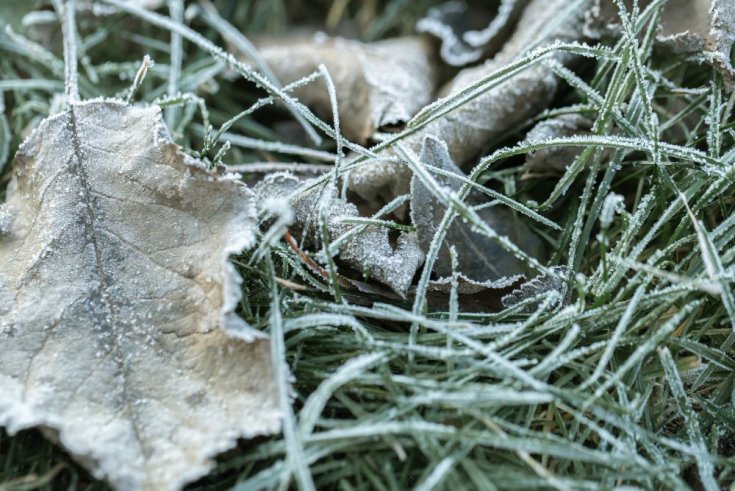
Protecting Trees from Freeze-Damage As winter approaches, one of the primary concerns for homeowners and garden enthusiasts is protecting their trees from freeze damage. Cold temperatures, frost, and freezing conditions can cause irreparable harm and costly tree removal emergencies. As…
Read More.jpg)
5 Resilient Tree Species that Benefit People and the Planet Trees around the world have been celebrated for thousands of years. These magnificent entities offer many benefits to the planet, drawing people to connect with them. As a property owner,…
Read More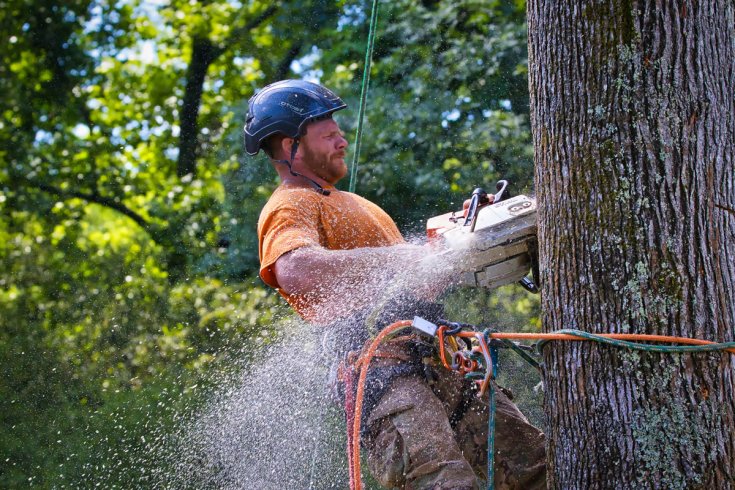
Why Dead Trees Should Be Removed Trees are a valuable addition to any landscape. However, dead trees pose safety hazards and should be removed before things get out of hand. Many property owners usually ignore telltale signs of deterioration until…
Read More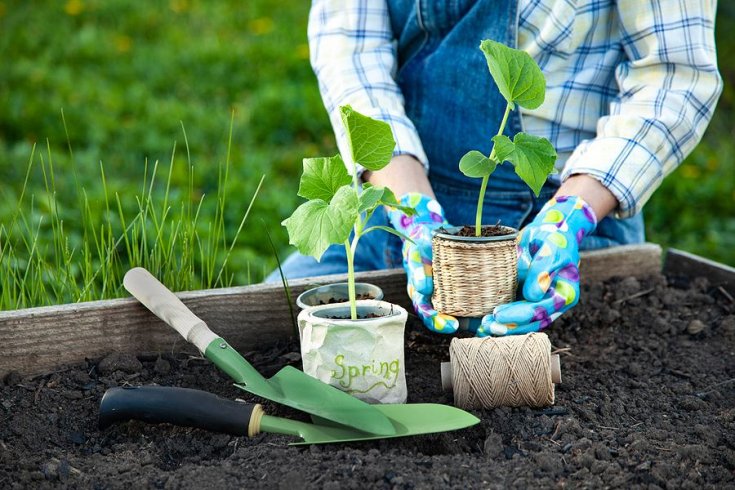
Do's and Don'ts of Tree Planting As winter approaches and the rains approach, it is an excellent time for tree planting. Trees are a valuable addition to any landscape; like other living things, they need regular maintenance and care. At…
Read More